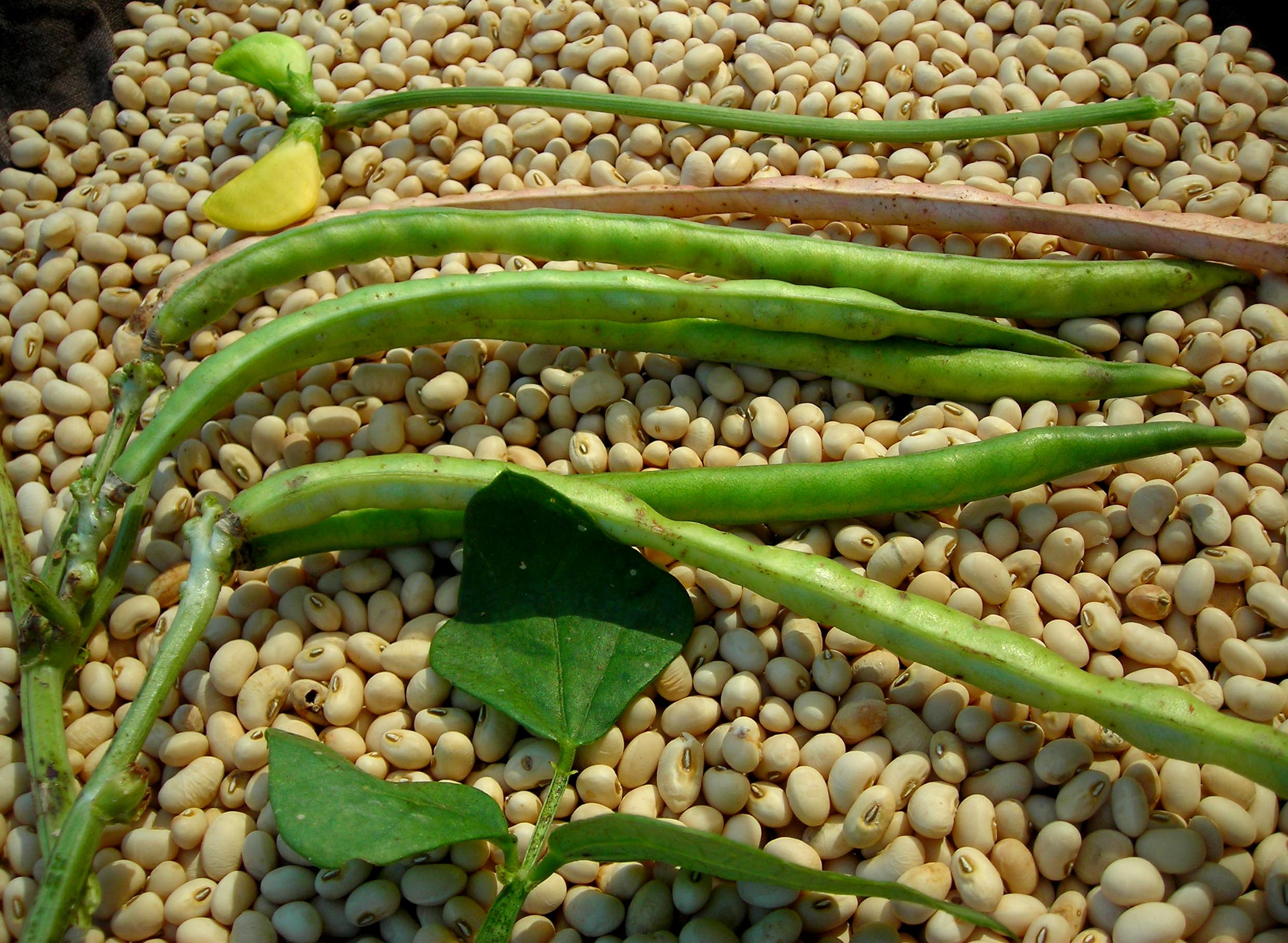In Africa, Nigeria doubles as the largest producer and consumer of cowpea. Besides being an important source of protein, it’s also comprised of approximately 64 percent carbohydrates. Cowpea flour is used in the preparation of varieties of foods.
Its high- protein content, adaptability to different types of soil and intercropping systems, resistance to drought, and ability to improve soil fertility and prevent erosion makes it an important economic crop in many developing regions.
One of its unique characteristics is its ability to be grown under rain fed conditions, as well as by using irrigation or residual moisture along river or lake flood plains during the dry season.
Hidden Prospects in Yam Production
Aside from being a drought-tolerant and warm-weather crop, it is well-adapted to the drier regions of the tropics, where other food legumes do not perform well. It also has the useful ability to fix atmospheric nitrogen through its root nodules, and grows well in poor soils with more than 85 percent sand, less than 0.2 percent organic matter and low levels of phosphorus.
With regards to its nutritional value, nearly all the parts of this crop are edible and usable, as all are rich in nutrients and fiber. In most African countries, its young leaves, immature pods, immature seeds, and mature dried seeds are considered edible for consumption. The stems, leaves, and vines serve as animal feed and are often stored for use during the dry season.
However, in Nigeria, cowpea yield is still very low, with the grain yield ranging between 100-300 kg/ha, which could be traced to constraints such as weather, parasitic weeds or insects, and diseases.
Firm Tackles Soybean Shortage
Substantially, its production could be up scaled through the use of improved pest-resistant and high-yielding varieties, good land preparation, pest control, fertilizer application, harvesting and storage.
It’s amazing that more than 11 million hectares are harvested worldwide, 97 percent of which are in Africa. Nigeria harvests 4.5 million hectares annually. The crop can be harvested in three stages: while the pods are young and green, mature and green, and dry.
Factors to consider before cultivating cowpea in Nigeria include land, choice of variety, time of planting, seed rate, seed dressing, spacing and other agricultural practice.
From the aforementioned points, it is clear that a large and sustainable opportunity exists for cowpea cultivation and production in Nigeria, for both local and export market.



